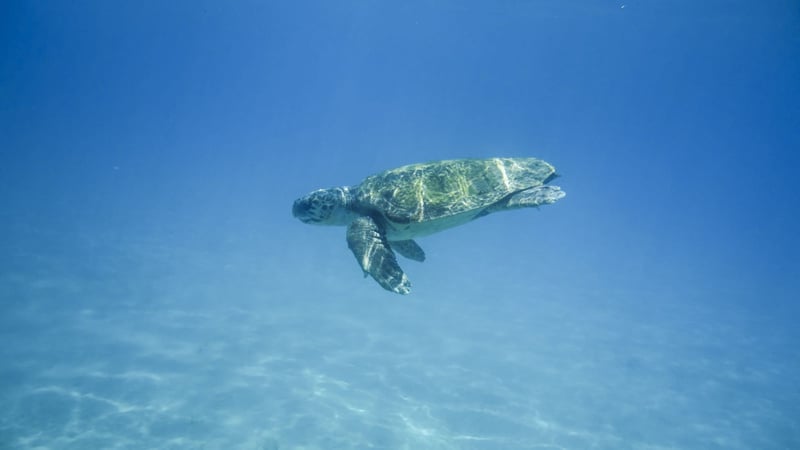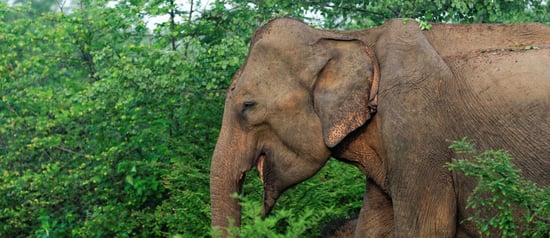
Ghost gear is turning sea turtles’ northern Australian home into a death trap
News
Australia’s Gulf of Carpentaria is a haven for sea turtles. It’s also a vortex for ghost gear – the primary threat facing turtles in this region
The Gulf of Carpentaria has some of the largest sea turtle nesting areas in the Indo-Pacific region. But this region also has one of the highest incidences of ghost gear – lost, abandoned or discarded fishing gear – in the world.
Up to three tonnes of netting washes up annually for every kilometre of coastline.
Most of it likely travels on currents from countries to the north, such as Indonesia, Thailand, South Korea, Japan and India. A strong ringlike current (called a gyre) in the centre of the Gulf exacerbates the problem: it locks nets into its path, and can prevent them from leaving the region.
Thousands of turtles affected
Entanglement in ghost nets is one of the most common known causes of turtle deaths in Australia – and the primary one reported in the Gulf.
The CSIRO conducted a seven-year study with Ghostnets Australia and Indigenous rangers to retrieve and analyse ghost nets from the coastline of the Gulf. In more than 8,000 nets, the study found at least 5,000 turtles were entangled – and the number could have been as high as 15,000.
The scale of animal suffering inflicted by ghost gear is huge. While some animals who become entangled may drown immediately, others go on living in pain and die long, slow deaths that may last months or even years.
Prevention, removal, rescue
World Animal Protection is working to reduce the suffering caused by ghost gear. To protect sea animals we’ve founded the Global Ghost Gear Initiative (GGGI) – an alliance of governments, fishing industry stakeholders, NGOs and intergovernmental organisations committed to finding and implementing solutions to the ghost gear problem that are economically viable and sustainable.
We’re working to stop gear being abandoned in the first place, and to improve the ways ghost gear is removed from the ocean. For example, we are working with the CSIRO and GhostNets Australia (both GGGI participants) on a gear-marking project in Indonesia, with the aim of reducing the amount of ghost gear entering the oceans in the region and facilitating training and uptake of best practice gear management.
We’re also providing assistance and training to local rescue teams around the world to save entangled sea animals – and working to replicate successful efforts on a global scale.
Entanglement in ghost nets is one of the most common known causes of turtle deaths in Australia – and the primary one reported in the Gulf.
Our work
We're working in Australia and around the world to end the needless suffering of animals by inspiring people to change animals’ lives for the better.
Our wildlife work
Around the world, wild animals are being exploited. They’re hunted down, trapped and farmed in captivity, all to be sold and abused for entertainment, medicine, fashion, pets and products.


